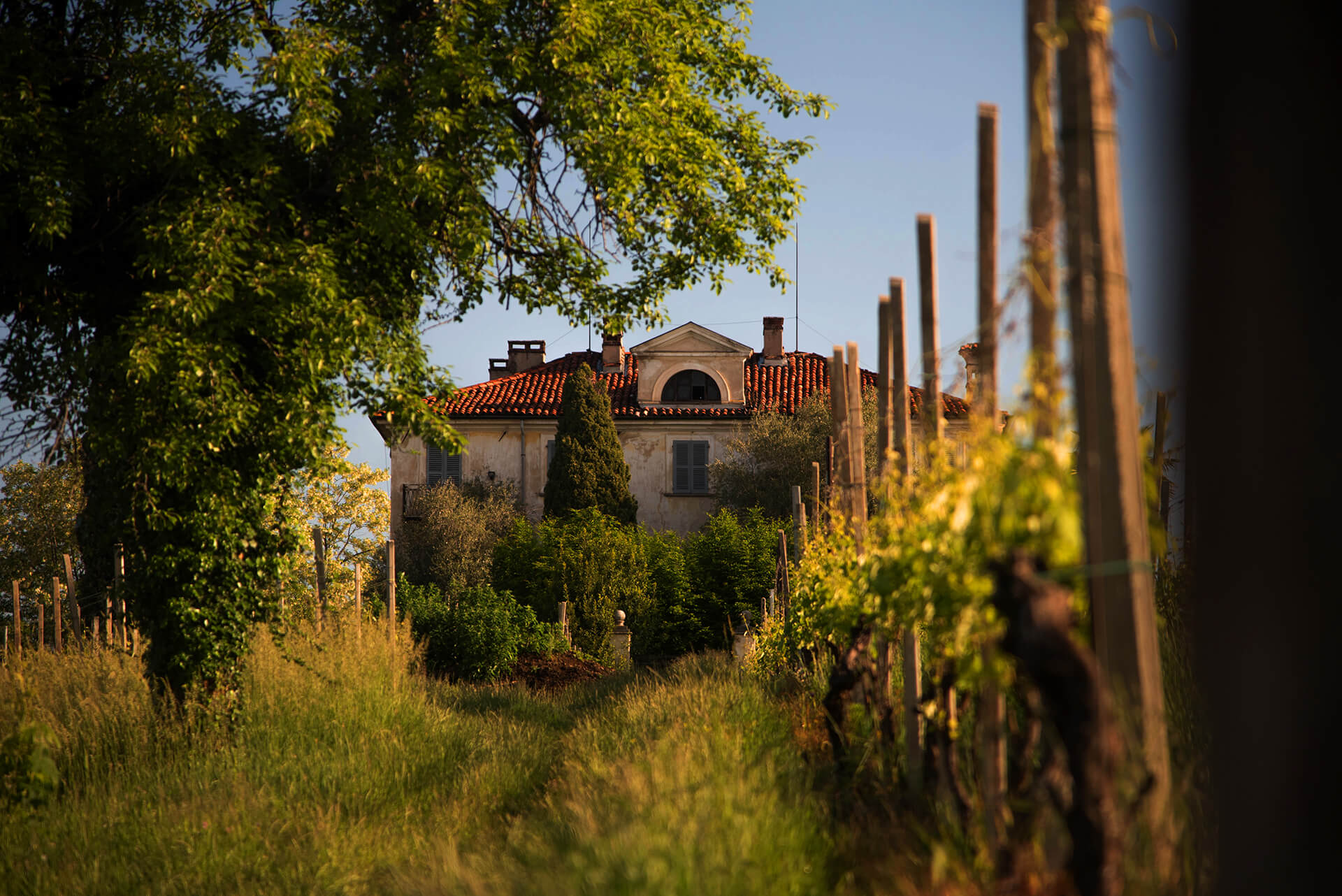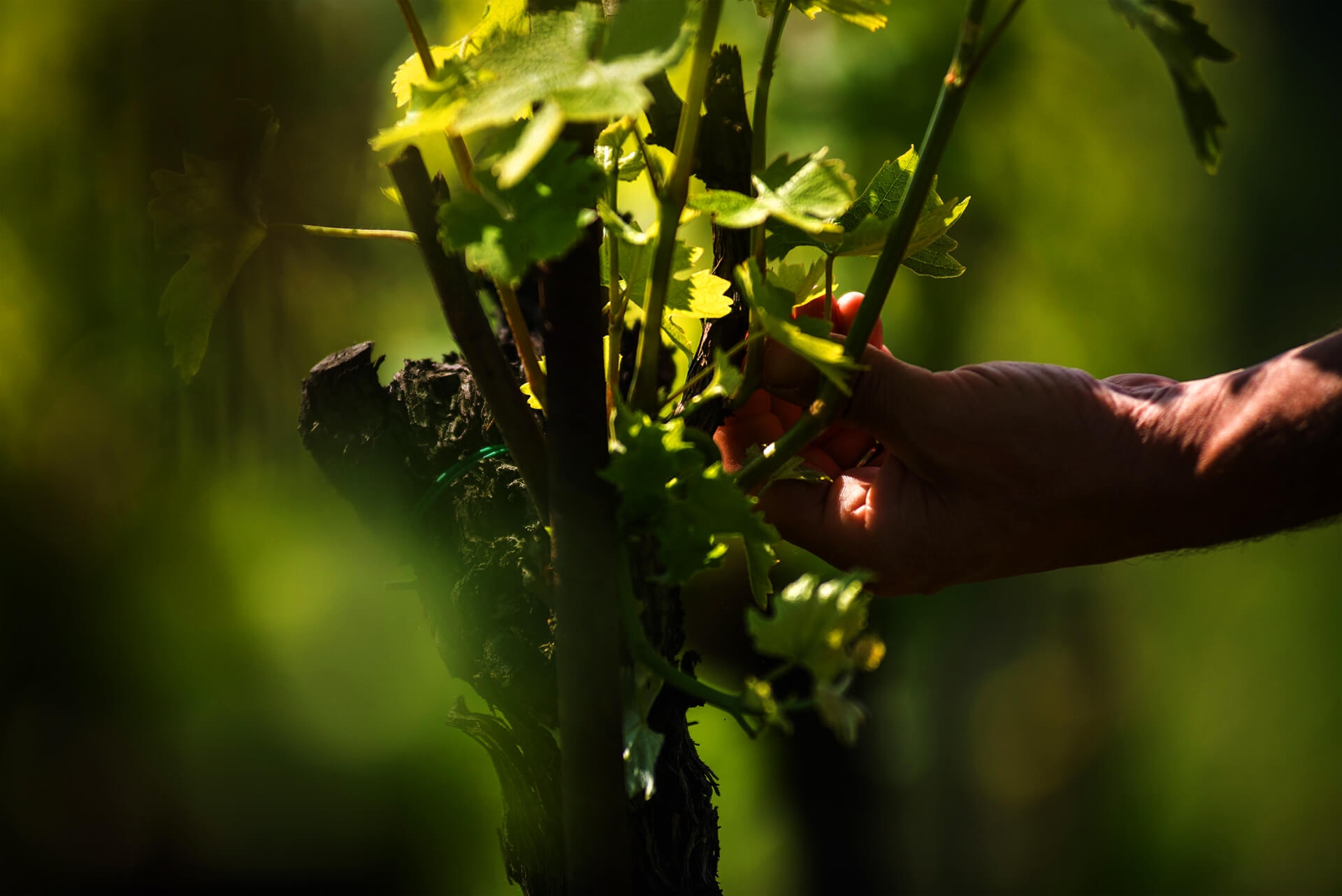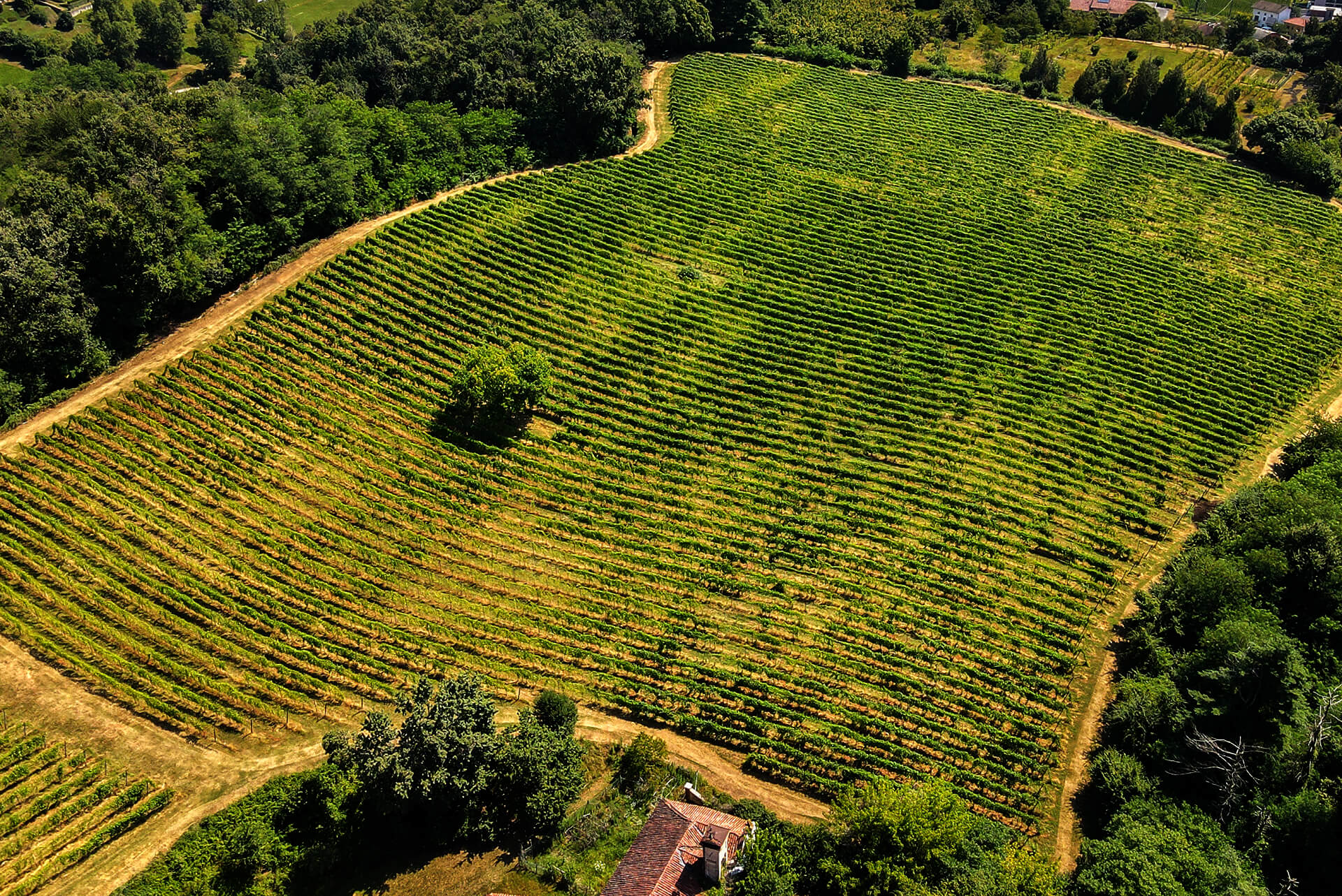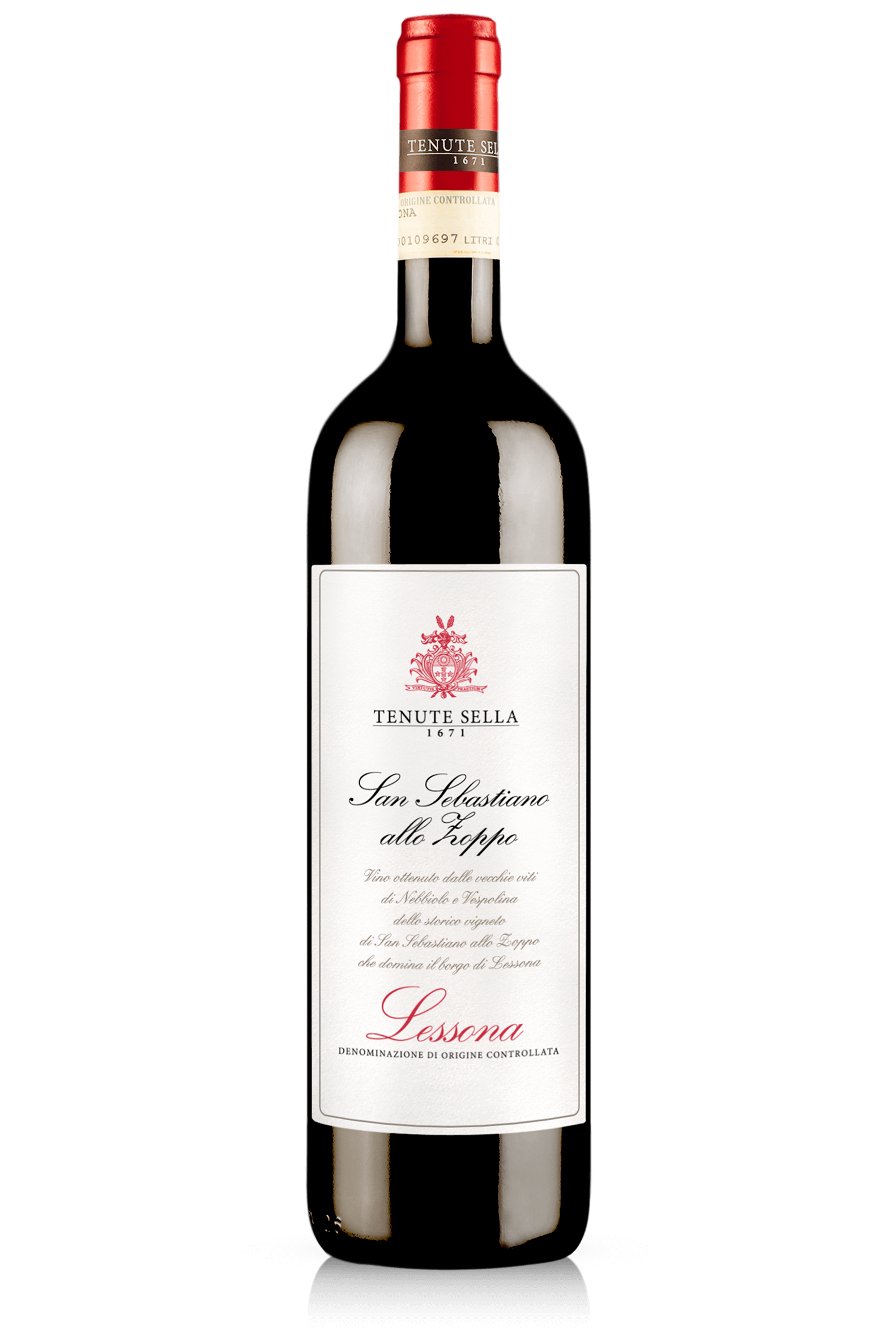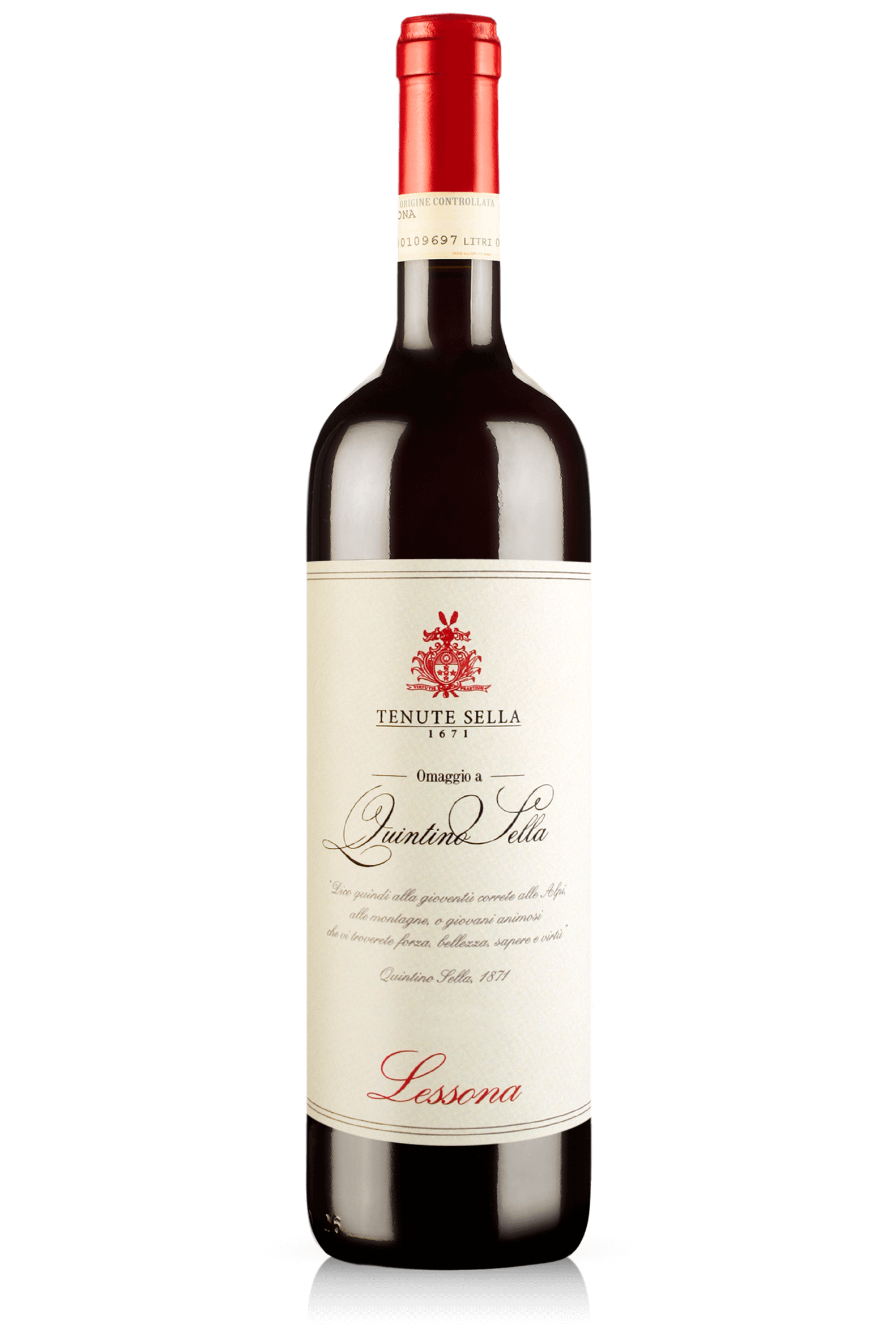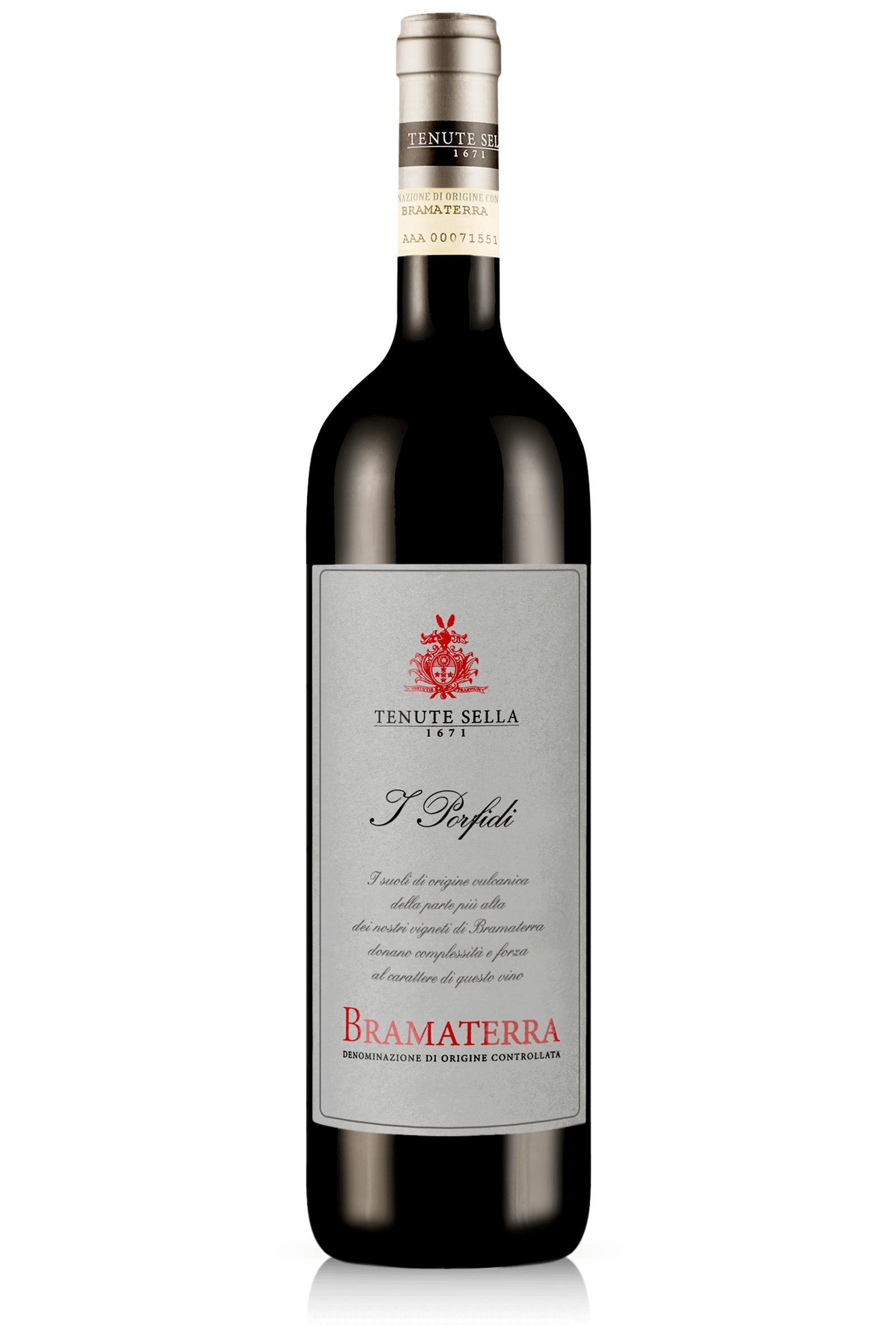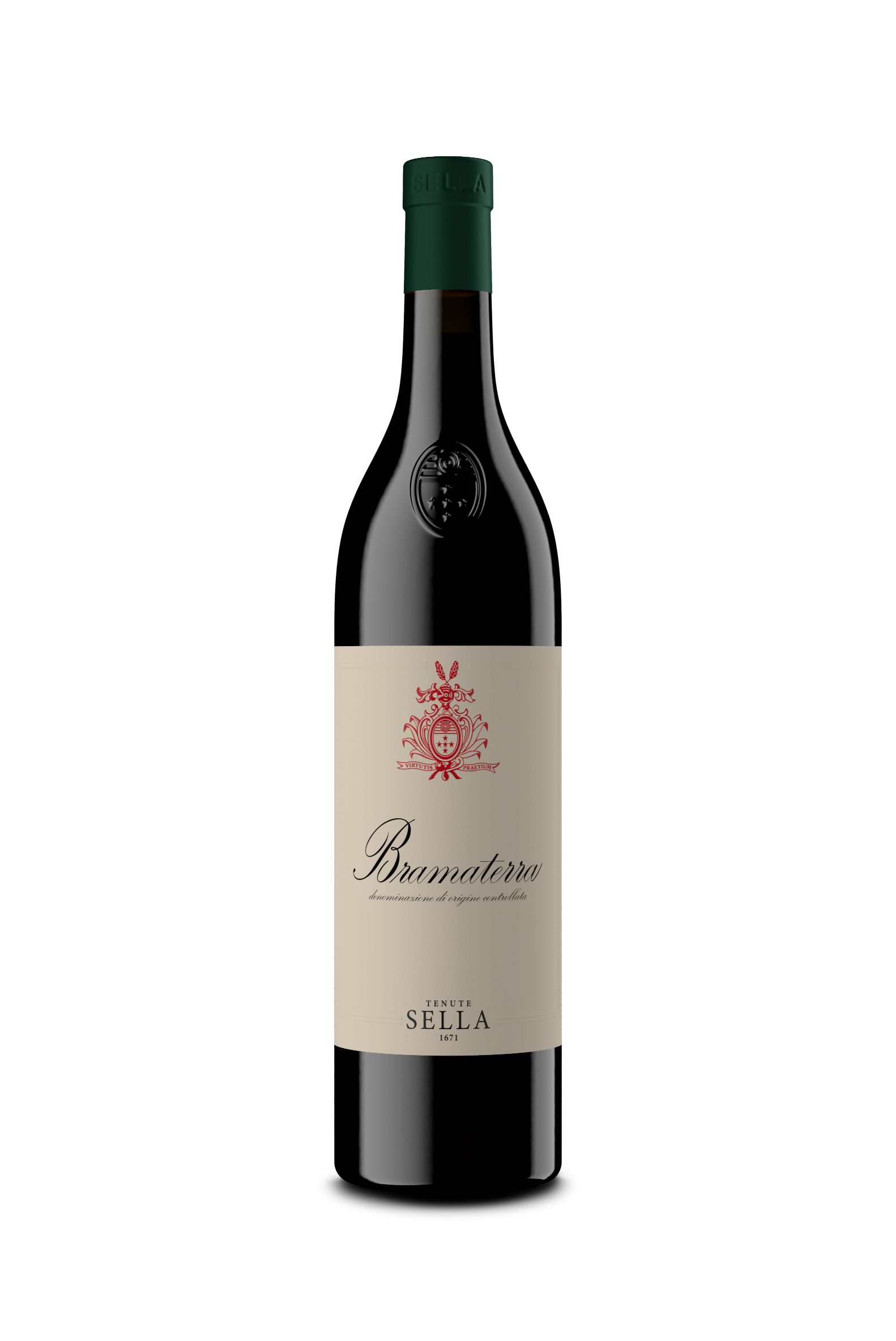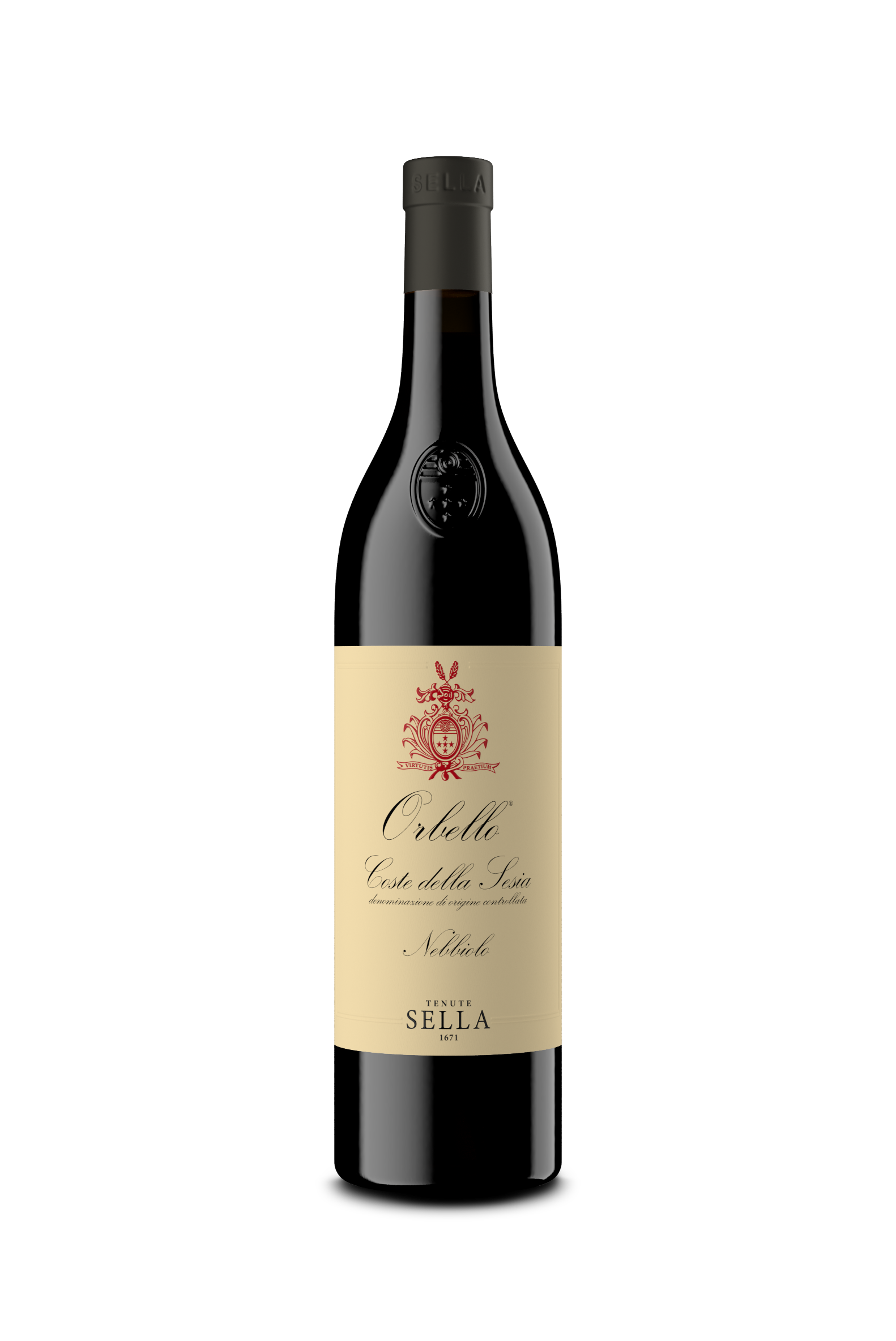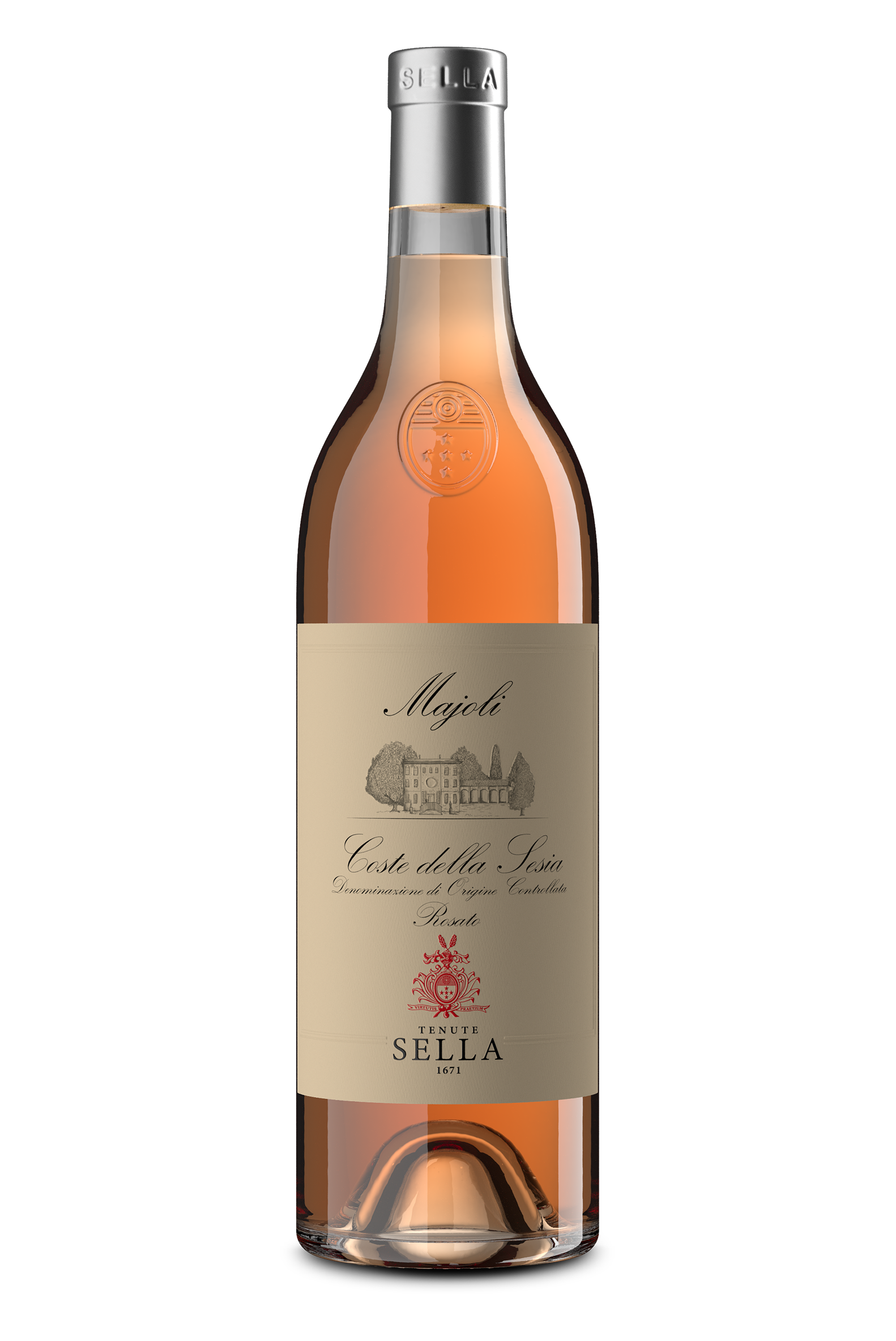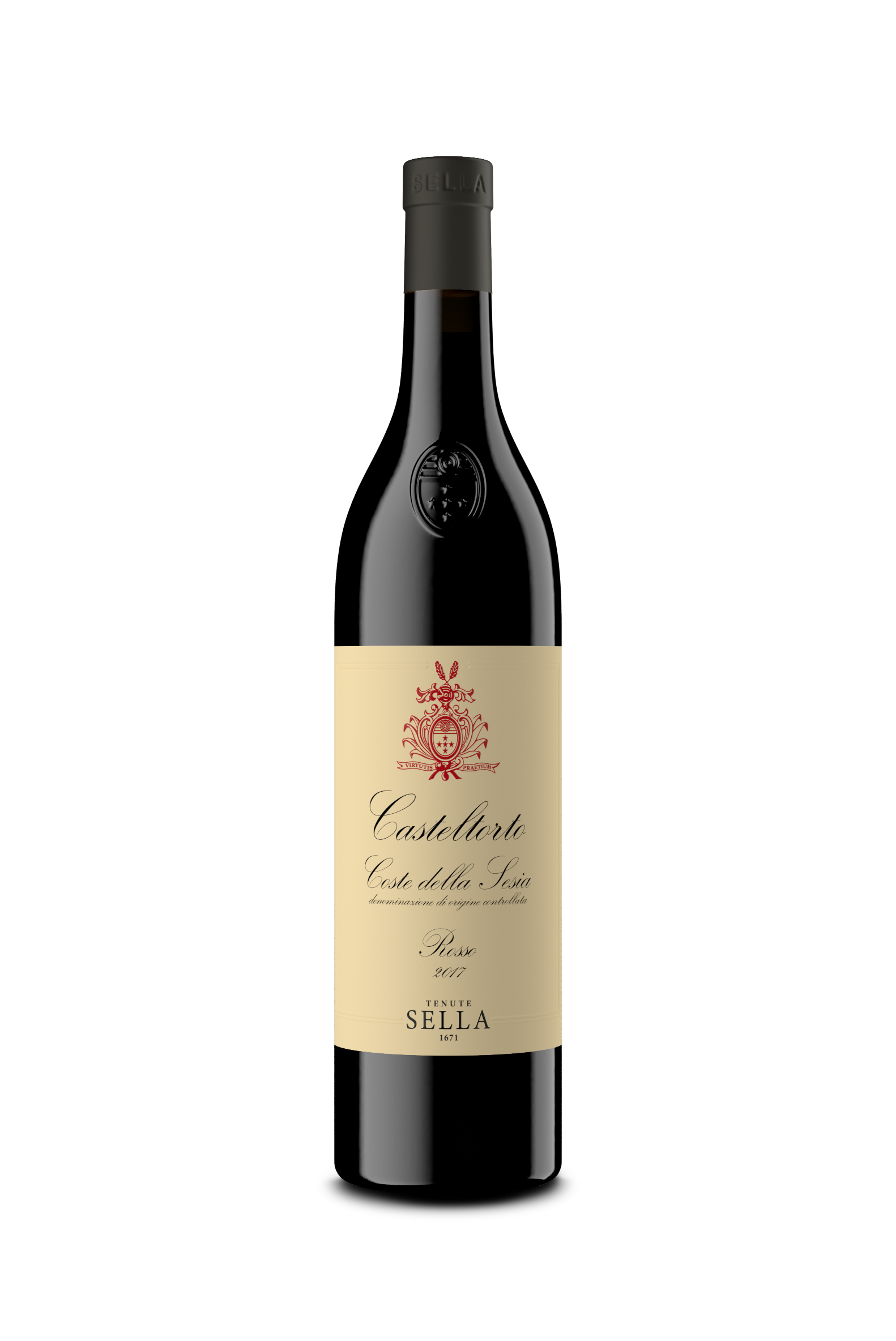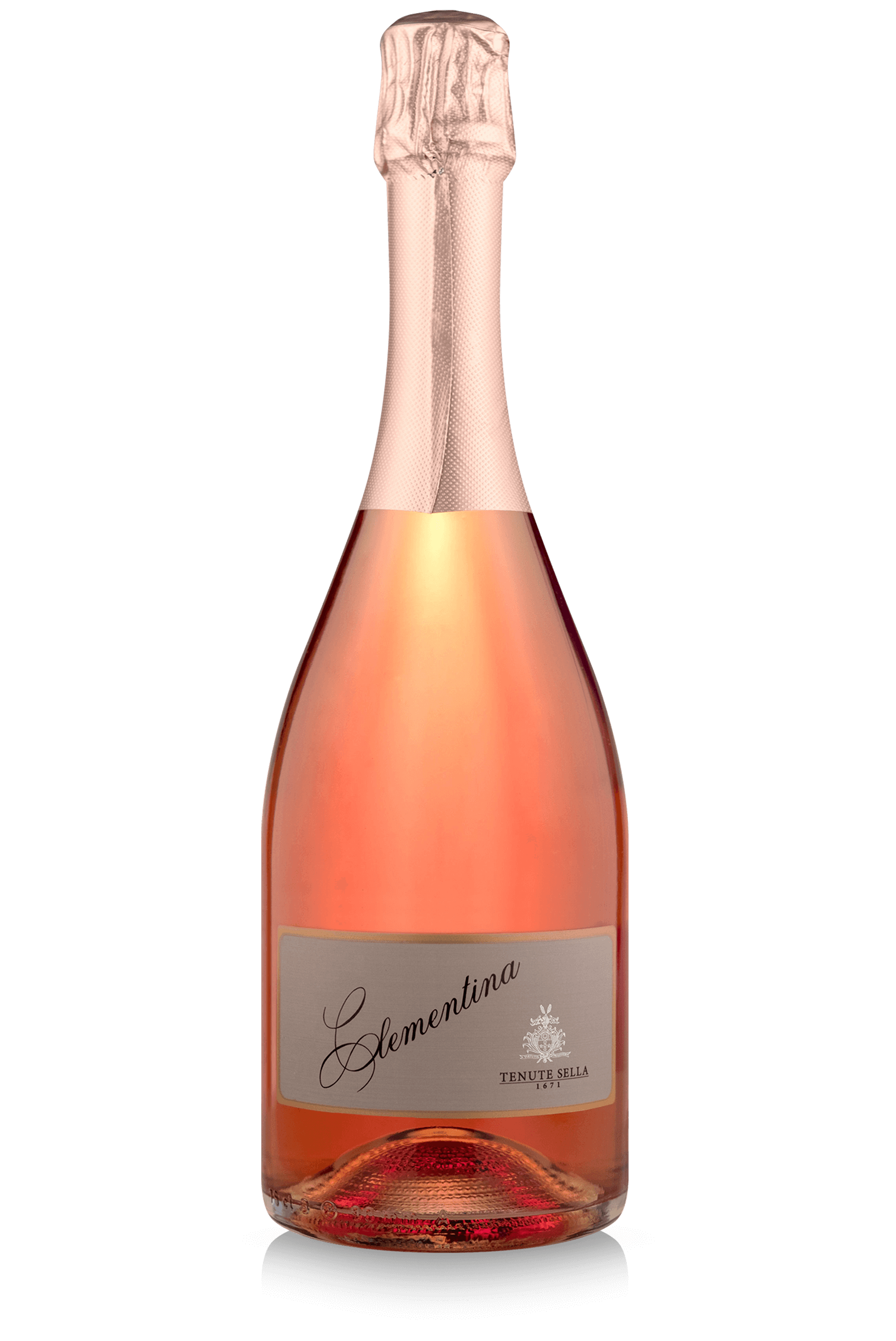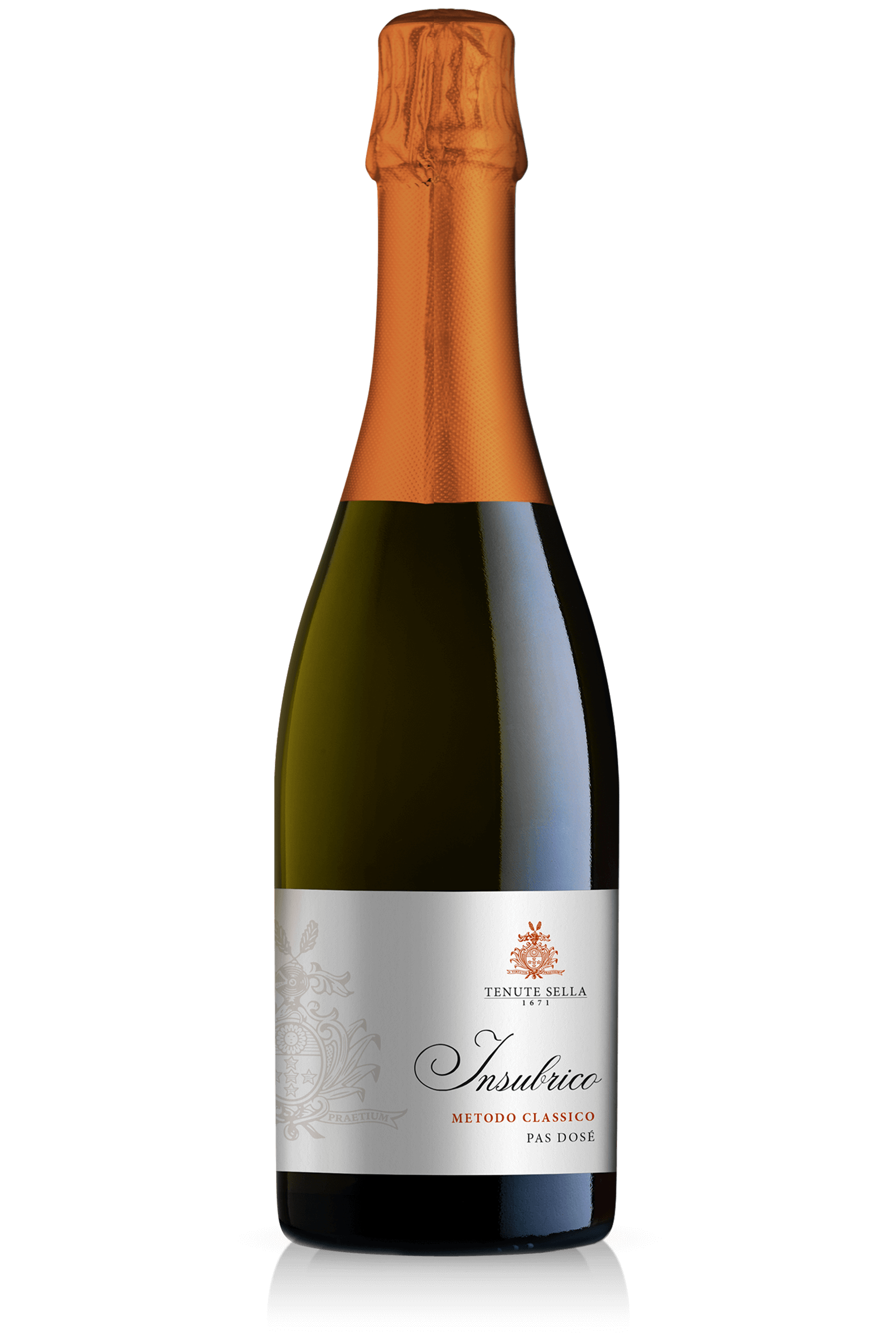I terreni di Lessona a vocazione viticola sono costituiti essenzialmente da sabbie plioceniche di deposito marino, mentre nei fondi valle si riscontrano giacimenti di sabbie marine con fossili di conchiglie. Il territorio del Bramaterra occupa una zona estesa per diversi chilometri, con ampie zone boschive. Geologicamente ci troviamo su porfidi rossi di origine vulcanica, con presenza di sabbie e argille di origine marina.
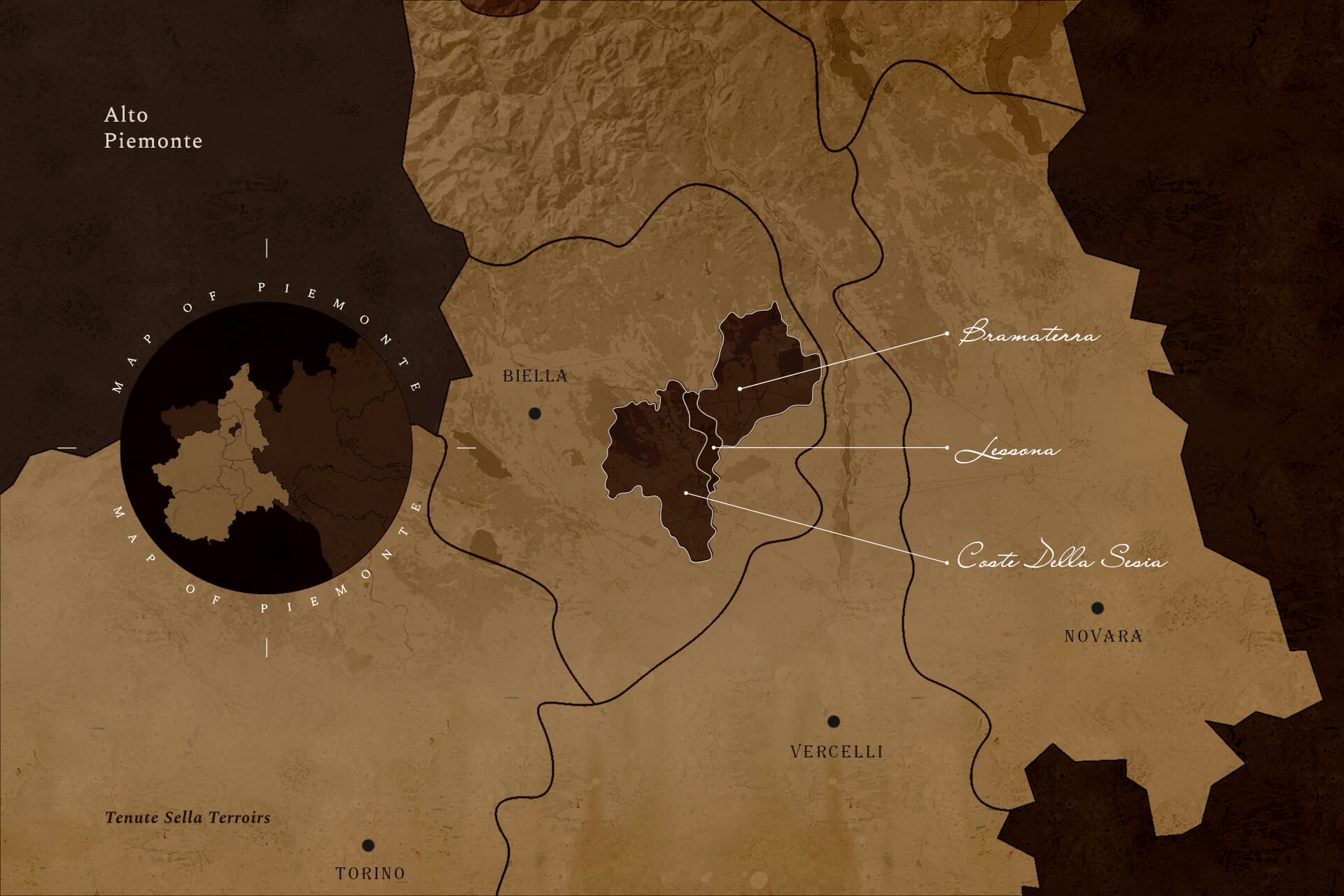

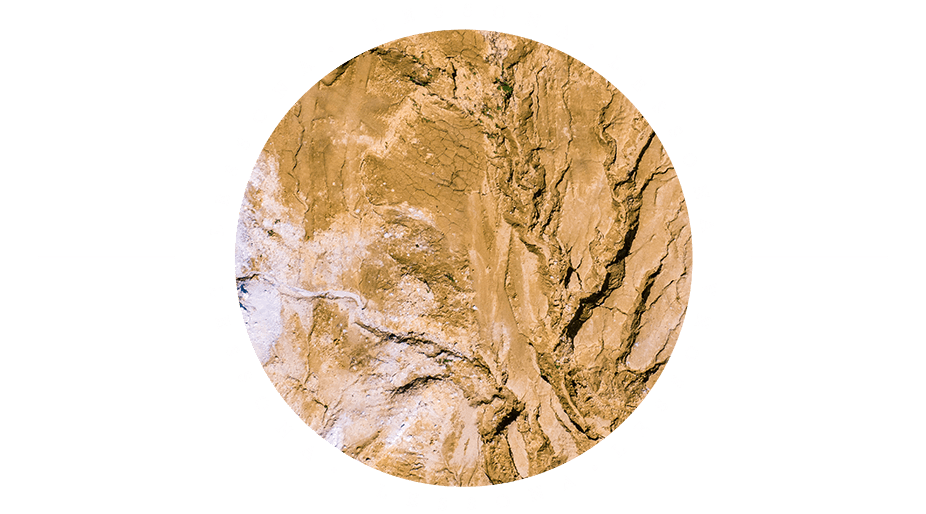
La mistura che compone la terra di Lessona è estremamente caratteristica. Sulle colline l’amalgama è costituita da antichissime e fertili sabbie plioceniche, intervallate da chiazze di loess argilloso, i fondi valle invece sono ricchi di giacimenti fossili di conchiglie. Il terreno presenta un pH compreso tra 4.2 e 5.5 – tra i più acidi sul panorama vitivinicolo europeo.


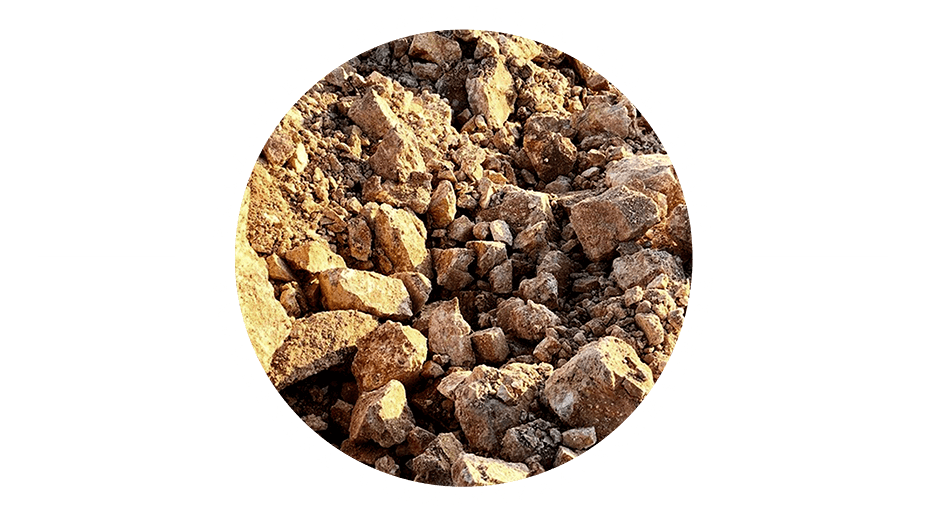
L’origine geologica dell’area risale al lontanissimo Permiano, quando si formarono le caratteristiche isole di porfido quarzifero dal processo di raffreddamento di magma ricco di gas, oggi trasformato in preziose sostanze nutritive. Il terreno presenta fortissima acidità, con un pH compreso tra 4.8 e 5.8.
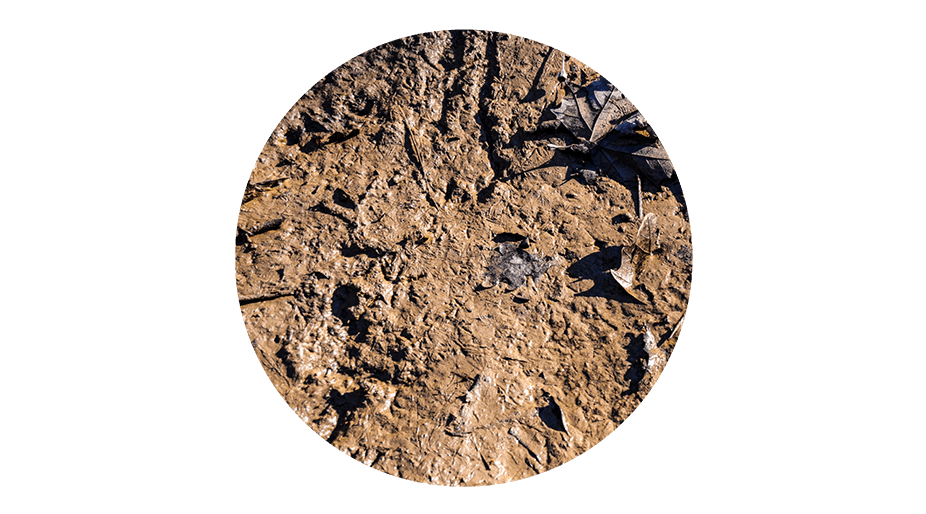
Terreni composti da argille caoliniche, scheletro anche di media dimensione, sabbie marine e marne. Il terreno presenta un pH compreso tra 5.5 e 6.3.


Sostenibilità Ambientale
Il nostro approccio alla sostenibilità ambientale si sostanzia attraverso la tutela del suolo, viticultura integrata e tutela della biodiversità.
Tutela della salute del suolo:
Un suolo di qualità è alla base di viti in salute e vitali. La sua tutela si concretizza attraverso una corretta copertura, un alto indice di biodiversità ed evitando un accumulo di inquinanti tutto ciò permette di migliorare nel tempo l’equilibrio della vigna.
Viticoltura integrata:
Cerchiamo soluzioni olistiche ai problemi viticoli con una visione d’insieme dell’intero processo produttivo ed ecologico, selezionando i migliori strumenti che ci permettono di ottenere il minor impatto ambientale possibile e un’autentica efficacia.
Tutela della biodiversità:
Il valore della biodiversità non si riflette solo a livello ambientale ma anche agronomico. La ricchezza di flora nella vigna e nelle sue vicinanze agevola la frequentazione del vigneto di micro-fauna che svolge in ruolo importante nel contenere la proliferazione dei parassiti della vite.
Ogni tenuta ha una storia da assaporare
le sabbie di lessona
Questa regione geografica ha clima di tipo sub-continentale padano caratterizzato da numerose oasi microclimatiche, legate alla particolare esposizione dei versanti. Queste “oasi”, tra cui la nostra fascia collinare di Lessona, arrivano ad avere temperature medie annue di tipo pressoché mediterraneo. L’inverno, solitamente parco di precipitazioni, vede raramente episodi nevosi ed eccessi di gelo. La primavera, umida e temperata, agevola l’avvio, spesso piuttosto precoce, della vegetazione. L’estate, calda e siccitosa, tende a sfumare gradualmente nell’autunno, non di rado mite e asciutto, con un ottima escursione termica tra il giorno e la notte, che garantisce maturazioni lente. Le precipitazioni, piuttosto abbondanti nell’areale biellese, si riducono ampiamente a distanza di pochi chilometri: mentre Biella riceve circa 1500 mm/anno, Lessona, 15 km a est, ne registra in media poco più di 1000, con distribuzione prevalente nei mesi primaverili. Ne consegue che le piogge estive sono fondamentali per il benessere dei vigneti: le sabbie di Lessona, molto drenanti, costringerebbero le viti a stress idrici eccessivi. I suoli vocati nel Comune di Lessona sono costituiti per la quasi totalità da sabbie marine con pH tra i più acidi dell’intero panorama vitivinicolo italiano. Le concentrazioni importanti di alcuni elementi quali ferro e manganese vanno a caratterizzare fortemente il quadro minerale dei vini.
La gestione viticola viene effettuata nel massimo rispetto dell’individuo vite; l’alta età media dei nostri vigneti (circa 40 anni) ci impone di rispettare ogni singolo ceppo, garantirne l’equilibrio e il benessere. Lavorare con vigneti antichi comporta costi maggiori e produzioni ridotte, ma queste viti con le loro radici profonde, producono uve che rispecchiano profondamente il terroir d’origine. Sempre per rispettare in primis i nostri terreni, evitando problemi di erosione, cerchiamo di limitare le lavorazioni dei suoli ad una per anno al massimo (normalmente svolta ad inizio inverno). Le concimazioni avvengono con letame naturale o pallettizzato e attraverso lo sfalcio dell’erba, che, concentrando i residui sul sotto-filare, permette di ridurre gli apporti di azoto. La quasi totalità delle lavorazioni è portata avanti manualmente, dalla potatura invernale alla vendemmia. La modalità d’allevamento è a filare, con potatura a guyot da 8-12 gemme. Normalmente nei nostri vigneti non occorre diradare la produzione nella stagione estiva: l’età dei vigneti garantisce naturalmente un carico di uva ridotto, in media tra i 250 ed i 1000 grammi per ceppo.

La regione del Bramaterra comprende da ovest a est i comuni di Masserano, Brusnengo, Curino, Roasio, Sostegno, Villa del Bosco e Lozzolo. Situata immediatamente ad est di Lessona, ricopre un’estesa fascia collinare che arriva fino al limite orientale della provincia di Biella, nella porzione dell’Alto Piemonte situata sulla riva destra del bacino orografico del fiume Sesia. Da un punto di vista microclimatico l’andamento stagionale è piuttosto assimilabile a quello di Lessona nonostante temperature medie invernali più fredde. Il territorio del Bramaterra occupa la porzione meridionale delle Rive Rosse, un’ampia zona collinare estesa per decine di chilometri, poco antropizzata, per la gran parte ancora dominata da fauna e flora selvatiche, con estesi boschi ricchi di querce, castagni e betulle. Geologicamente troviamo una corona di 3 differenti isole di porfido quarzifero, roccia lavica poco compatta perché derivata da magmi ricchi di gas, di origine Permiana, cui si affiancano un’isola calcarea (a Sostegno) e estese presenze di sabbie e argille di origine marina (soprattutto nella sezione più a est della denominazione). La Tenuta di Bramaterra in particolare, è ubicata su un blocco di porfido di colore rosso, per la gran parte disgregato dalla prolungata azione degli agenti atmosferici, con a trattati la presenza di depositi argillosi più o meno consistenti.Il nucleo originario dei vigneti della Tenuta di Bramaterra, nata alla fine dell’800, era costituito da pochi ettari.
A Bramaterra nel corso del XX secolo impianti successivi hanno portato la superficie vitata a circa 20 ettari in un unico appezzamento, che costituiscono oggi uno dei vigneti con unico proprietario più ampi di tutto l’Alto Piemonte. I vigneti sono in un’ampia fascia di morbide colline posta ad un’altezza compresa tra i 270 e i 350 metri s.l.m. I suoli sciolti, d’origine vulcanica, hanno pH acido e colorazioni che passano dal giallo tenue al rosso scuro al bruno, a seconda del grado d’ossidazione. L’età media dei vigneti è intorno ai 45 anni, mentre gli ultimi impianti risalgono ad una quindicina di anni fa. Il vigneto utilizzato per la selezione “I Porfidi”, sulla collina più alta della tenuta, è invece molto più vecchio: è un impianto del 1933 che insiste su una vena affiorante di porfido puro, di tonalità rosso bruno. La gestione viticola segue, per quanto riguarda lavorazioni e concimazioni, gli stessi principi utilizzati sulle vigne di Lessona. La quasi totalità delle lavorazioni è portata avanti manualmente, dalla potatura invernale alla vendemmia. La modalità d’allevamento è a filare, con potatura a guyot da 8-10 gemme. Normalmente nei nostri vigneti più vecchi non occorre diradare la produzione nella stagione estiva, il carico è naturalmente ridotto a meno di 1000 grammi per ceppo; nei vigneti più giovani si procede invece ad un’attento diradamento dei grappoli per garantire una maturazione corretta ed equilibrata.

La viticultura in questa zona vanta una tradizione antica e consolidata, già in epoca Romana Plinio il Vecchio elogiava queste viti per le caratteristiche qualitative e la sua grande diffusione. Questi luoghi sono dedicati alla vite da secoli infatti già nel medioevo si assiste ad un aumento delle zone destinate alla viticultura a cui segue una maggiore offerta di vini. Un importante cambiamento avvenne nel XVIII secolo grazie ad una forte innovazione che coinvolse il settore agricolo, questo portò ad uno spostamento delle coltivazioni di vite nelle zone collinari. Questa tradizione vitivinicola viene anche testimoniata dai dipinti raffiguranti Bacco presenti all’interno palazzo adiacente l’attuale vigna, ciò fa comprendere come questa cultura fosse radicata nell’area.
La coltivazione e mantenimento delle vigne è il frutto di un impegno secolare da parte di diverse famiglie le quali si sono succedute nella cura dei terreni dove sorge l’attuale tenuta. Vi sono alcune testimonianze le quali indicano la famiglia Avogadro come la prima, di cui si ha attualmente traccia, che si dedicò a questa attività, inseguito nel 1808 la famiglia Rosazza (dopo un secolo divenuta De Lachenal ) acquistò il palazzo e i terreni adiacenti mantenendo viva la tradizione vitivinicola ed infine la famiglia Sella rilevò la tenuta continuando a coltivare e curare le vigne attraverso l’azienda vitivinicola famigliare “Tenute Sella”.

